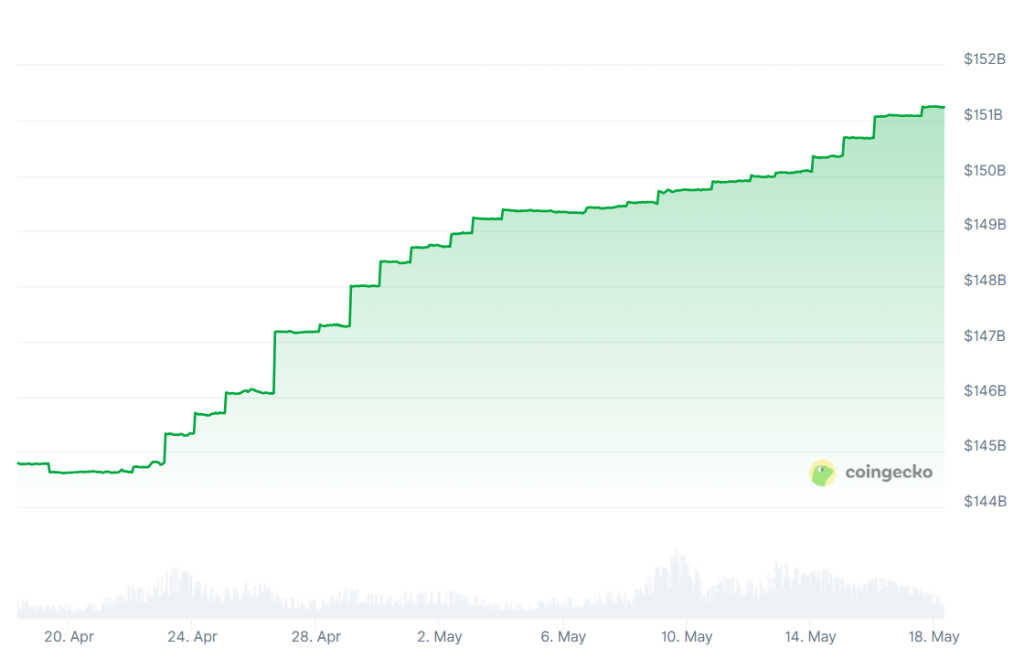Close up of female hand writing suggestion on sticky note on glass wall. Business people … [+]
getty
A colleague who previously held a leadership development role in a major financial institution shared a recurring tale. She would gather groups who had previously undergone a 360-degree feedback assessment aimed at pinpointing strengths and weaknesses. Following this, each participant would leave with a clearly outlined Individual Development Plan targeting one specific objective. When these groups reconvened months later, her intention was to discover the most common development targets among them. However, the response she consistently received was, “I don’t remember.”
This seemingly innocuous three-word response, while disconcerting, sheds light on the fundamental elements required for successful leadership development. Much like a recipe for artisan bread demands flour, yeast, and water, there are a few essential ingredients for leadership development success. The fact that participants couldn’t recall their development focus unveils several missing components.
Let’s identify the key ingredients for successful leadership development:
1. A Culture of Development: An organizational culture that values development and fosters a mindset of continuous improvement.
2. Involvement of Leaders: Active participation of senior leaders and immediate managers in the development process.
3. Effective Learning Methods: Employing powerful learning methods that inspire leaders to improve and provide a clear roadmap for their journey.
4. Integration of Work and Personal Development: Recognizing that work and personal development are interconnected rather than separate entities.
5. Accurate Self-awareness: Providing leaders with information that enhances self-awareness and enables them to manage their development effectively.
6. Sustainment Processes: Implementing processes that support ongoing development.
Discovering the Missing Pieces
When the most common response to the question, “What were you working on?” is “I don’t remember,” it suggests that several crucial ingredients were missing:
1. Lack of Importance: The chosen development target did not hold significance for the participants, signaling that personal development wasn’t part of the organization’s culture.
2. Lack of Communication: No senior leader, immediate manager, or Learning and Development representative had discussed the target with them in the intervening months, contributing to its forgetfulness.
3. Failure to Stay Top of Mind: The process for selecting the development focus lacked mechanisms to keep it top of mind.
4. Disconnect from Daily Work: The chosen target failed to integrate seamlessly into their daily tasks, possibly becoming overshadowed by work pressures.
5. Lack of Ownership: Participants were not actively managing their development, and the original target was not genuinely embraced or owned by them.
6. No Reminders or Support: Systems were absent to remind participants of their chosen focus, such as emails, buddy systems, or follow-up meetings with the cohort group.
Complete Systems Over Excellent Elements
While it’s tempting to emphasize specific programs or events in leadership development, lasting behavior change for the majority of participants requires more than engaging content and high-production value videos. The complete system, incorporating all the essential ingredients, must be in place for success. This system is not solely the responsibility of the HR function or those delivering leadership development programs. Instead, it requires the combined efforts of HR, immediate managers, and participants themselves, along with a sustained commitment to the development process.
In conclusion, leadership development isn’t a one-time event but an ongoing journey that necessitates the integration of key elements and a culture that values growth and development.
Credit: Source link










